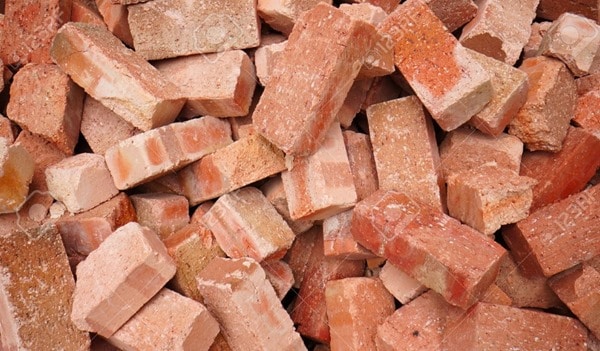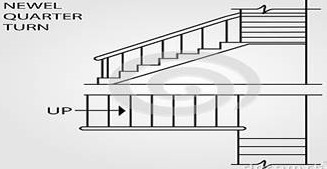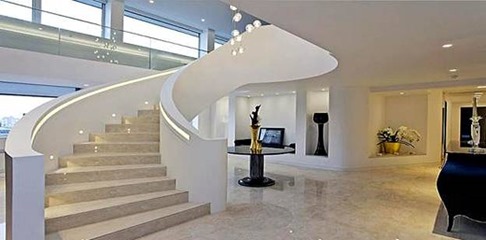Types of Tests on Bricks for Building Construction Works
Various types of tests on bricks are conducted to check the qualities of bricks for construction purposes. Tests on bricks are conducted at construction site as well as in laboratory. Bricks are oldest and important construction materials because of their durability, reliability, strength and low cost.
To produce good quality of structure, good quality materials are required. To decide the quality of the materials some tests are to be conducted on bricks. The tests which are required to find the suitability of bricks for construction purposes are discussed below.

Types of Tests On Bricks for Construction Purpose
Following tests are conducted on bricks to determine its suitability for construction work.
- Absorption test
- Crushing strength test
- Hardness test
- Shape and size
- Color test
- Soundness test
- Structure of brick
- Presence of soluble salts (Efflorescence Test)
1. Absorption Test on Bricks
Absorption test is conducted on brick to find out the amount of moisture content absorbed by brick under extreme conditions. In this test, sample dry bricks are taken and weighed. After weighing these bricks are placed in water with full immersing for a period of 24 hours. Then weigh the wet brick and note down its value. The difference between dry and wet brick weights will give the amount of water absorption. For a good quality brick the amount of water absorption should not exceed 20% of weight of dry brick.

2. Crushing Strength or Compressive Strength Test on Bricks
Crushing strength of bricks is determined by placing brick in compression testing machine. After placing the brick in compression testing machine, apply load on it until brick breaks. Note down the value of failure load and find out the crushing strength value of brick. Minimum crushing strength of brick is 3.50N/mm2.if it is less than 3.50 N/mm2, then it is not useful for construction purpose.

3. Hardness Test on Bricks
A good brick should resist scratches against sharp things. So, for this test a sharp tool or finger nail is used to make scratch on brick. If there is no scratch impression on brick then it is said to be hard brick.

4. Shape and Size Test on Bricks
Shape and size of bricks are very important consideration. All bricks used for construction should be of same size. The shape of bricks should be purely rectangular with sharp edges. Standard brick size consists length x breadth x height as 19cm x 9cm x 9cm.
To perform this test, select 20 bricks randomly from brick group and stack them along its length , breadth and height and compare. So, if all bricks similar size then they are qualified for construction work.

5. Color Test of Bricks
A good brick should possess bright and uniform color throughout its body.

6. Soundness Test of Bricks
Soundness test of bricks shows the nature of bricks against sudden impact. In this test, 2 bricks are chosen randomly and struck with one another. Then sound produced should be clear bell ringing sound and brick should not break. Then it is said to be good brick.

7. Structure of Bricks
To know the structure of brick, pick one brick randomly from the group and break it. Observe the inner portion of brick clearly. It should be free from lumps and homogeneous.

8. Efflorescence Test on Bricks
A good quality brick should not contain any soluble salts in it. If soluble salts are there, then it will cause efflorescence on brick surfaces. To know the presence of soluble salts in a brick, placed it in a water bath for 24 hours and dry it in shade. After drying, observe the brick surface thoroughly. If there is any white or grey color deposits, then it contains soluble salts and not useful for construction.
To know the presence of soluble salts in a brick, placed it in a water bath for 24 hours and dry it in shade. After drying, observe the brick surface thoroughly. If there is any white or grey color deposits, then it contains soluble salts and not useful for construction.
 To know the presence of soluble salts in a brick, placed it in a water bath for 24 hours and dry it in shade. After drying, observe the brick surface thoroughly. If there is any white or grey color deposits, then it contains soluble salts and not useful for construction.
To know the presence of soluble salts in a brick, placed it in a water bath for 24 hours and dry it in shade. After drying, observe the brick surface thoroughly. If there is any white or grey color deposits, then it contains soluble salts and not useful for construction.









